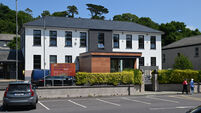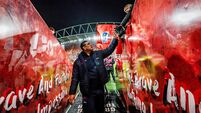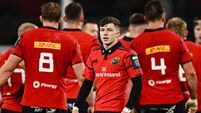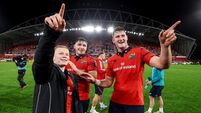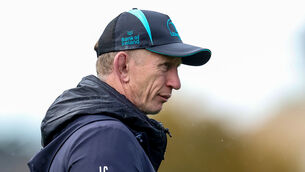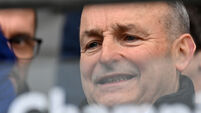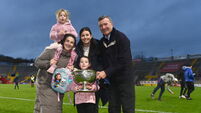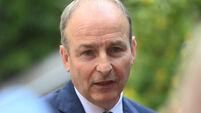IRFU plan for future a fruitless exercise
A traumatic experience, believe me, and one the Irish clubs can relate to after their scandalous treatment at the hands of the IRFU.
The union power-brokers all got to the ball through their club associations and now they turn around and abandon the people that put them in their positions of power.
Speaking of traumatic experiences, let me take you back to Thomond Park in the autumn of 1994.
Lansdowne made the trip down to Limerick to take on Shannon and did so with a fair degree of confidence. There was a definite city slicker complacency on that Lansdowne bus.
"Jaysus, they have a cinema!" one D4 voice cried as we weaved through the city to the famous old ground.
Eric Elwood was injured, but we could call on internationals Conor O'Shea, Fergus Aherne and Brian Glennon along with proven AIL performers like Angus McKeen, Stephen Rooney, Mark McDermott and Paul O'Connor. Not a bad side by anyone's reckoning, but that day in Thomond it was obliterated by the best club performance I have ever witnessed.
The final score of 39-0 was a record at that time and, by the end, soul-destroying soccer-style shouts of 'Olé' rang out every time Shannon completed a pass and they completed quite a few.
Back then, the AIL was throbbing. More than 2,000 punters were there that afternoon, together with a gaggle of scribes who compounded our misery in the papers over the following few days. What they witnessed was the genesis of the Munster team of the late 1990s which would go on to spark a revival in Ireland's fortunes come the turn of the century.
The Shannon team of the mid-1990s was built around the experience of the likes of Mick Galwey, Buddha Healy and Pat Murray, but the AIL also acted as a perfect dress rehearsal for young bucks like Alan Quinlan, Anthony Foley and John Hayes who took centre stage for Munster and Ireland when the game turned professional. However, as professionalism took hold, the gap between the professional provinces and semi-amateur clubs yawned ever wider.
Vainly, the clubs tried to keep pace. Expensive foreigners were brought in, match fees were paid out of non-existent funds and we had the somewhat pathetic sight of ear-pieces and ice baths at matches that barely attracted 100 supporters.
Something had to be done.
The IRFU recognised this, but their proposal for the future of Irish club rugby is staggeringly inept and reading the union's blueprint for the future is a fruitless and frustrating exercise.
Provincial leagues followed by sectioned divisions with no promotion or relegation and cross-over play-offs with ... ah, total gobbledygook.
Although setting up Cork Constitution as the example of all things good grated somewhat, Donal Lenihan wrote very lucidly on the club issue on these pages last week. As he correctly stated, there needs to be a vibrant system in place to act as a feeder for the professional game.
A premier division of 10 clubs, supported by the union, with one team relegated every season. Beneath that, four provincial leagues to save on travel costs, with the winners of each league going into play-offs to decide who graduates to the top flight.
That is the only way this is going to work.
The union insist that their illegible hotch-potch of a plan will go through, I am hopeful that it will not.
And the reason for this optimism?
It refers back to those paragons of virtue in Temple Hill. The Cons are dead against the IRFU proposal and what the Cons want, they generally get. Sure, what club do you think yer man joined after stealing my girl at the ball?



